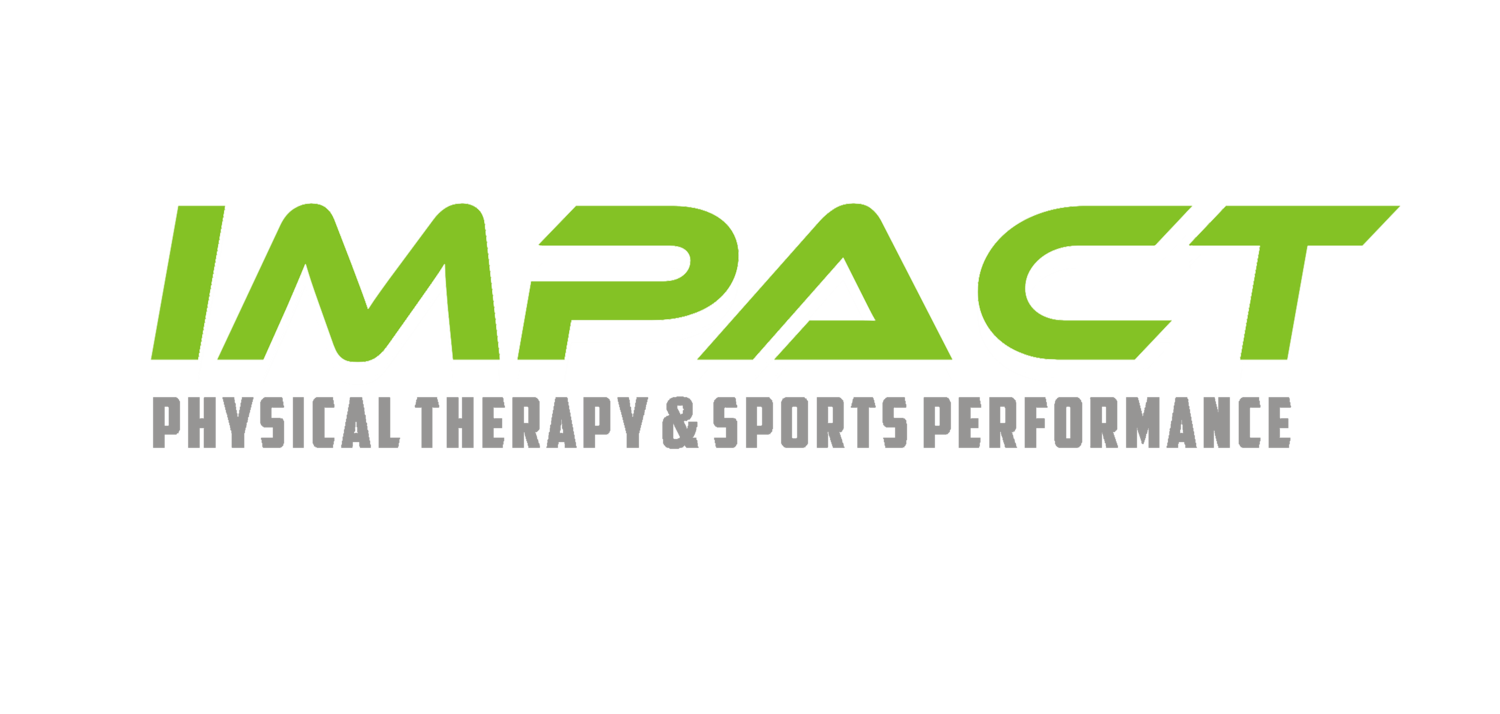How to Fix Tight Hip Flexors
Tight hip flexors can be more than just a discomfort; they can affect your mobility, posture, and overall quality of life. At Impact Physical Therapy and Sports Performance, we understand the intricacies of this common issue and are dedicated to helping you achieve greater flexibility and comfort. This article will explore effective strategies to fix tight hip flexors, enhancing your movement and well-being.
Understanding Tight Hip Flexors
The hip flexors are a group of muscles near the top of your thighs that allow you to bend at the waist and lift your knees. Tightness in these muscles is often caused by prolonged sitting, intense workouts, or even postural habits. This tightness can lead to discomfort, limited range of motion, and in some cases, lower back pain.
Symptoms of Tight Hip Flexors
Common signs of tight hip flexors include:
Stiffness or pain in the hips or lower back
Difficulty with certain movements, like walking, running, or bending
A feeling of tightness in the upper thigh area
Effective Strategies to Fix Tight Hip Flexors
Our approach at Impact Physical Therapy and Sports Performance involves a combination of stretching, strengthening, and lifestyle modifications:
Hip Flexor Stretches:
Kneeling Hip Flexor Stretch: Kneel on one knee, with the other foot in front, forming a 90-degree angle. Gently push your hips forward until you feel a stretch in the front of your hip.
Standing Hip Flexor Stretch: Stand and step back with one foot. Bend your front knee and shift your weight forward, keeping your back leg straight.
Glute Bridges: Lie on your back with your knees bent and feet flat on the ground. Lift your hips towards the ceiling, squeezing your glutes at the top.
Strengthening Exercises:
Straight leg raise:
Position yourself on your back, bending one knee while extending the other leg straight, ensuring the knee remains straight.
Engage your abdominal muscles as you raise the extended leg, bringing the thigh level with the other knee that's bent.
Maintain this position for a 2-second count, then gently lower your leg back to the starting position. Continue with repetitions.
Floor-sliding mountain climbers:
:Arrange yourself on a smooth, hard surface like a wooden floor
Slide the sliders beneath the balls of your feet as you get into a pushup stance.
Draw your right knee to your chest, alternating with your left in a manner similar to regular mountain climbers.
Begin at a slow pace, then gradually increase your speed.
Planks: Strengthen your core with planks, which indirectly support hip flexor health by stabilizing your pelvis.
Incorporating Movement into Your Routine:
Break up long periods of sitting with short walks or standing stretches.
Include activities like yoga or pilates, which promote flexibility and strength.
Manual Therapy and Massage:
Hands-on techniques can help alleviate tightness and improve flexibility in the hip flexor region.
Postural Education:
Learn proper sitting and standing postures to reduce the strain on your hip flexors.
Lifestyle Adjustments for Long-Term Relief
Ergonomic Workspace: Ensure your workspace promotes good posture and allows for regular movement.
Regular Exercise: Incorporate a balanced exercise regimen with a mix of stretching, strengthening, and cardiovascular activities.
Tight hip flexors don't have to limit your mobility. With the right approach, including targeted exercises, lifestyle changes, and professional guidance, you can regain flexibility and reduce discomfort. At Impact Physical Therapy and Sports Performance, we’re here to support you with personalized care and expert advice every step of the way.
Struggling with tight hip flexors? Let us help you find the key to better mobility and comfort. Contact Impact Physical Therapy and Sports Performance today to schedule a consultation, and take the first step toward unlocking your full potential.

